Redefining Cervical Health: Self-Testing Overcomes Remaining Barriers from Self-Collection
Cervical cancer is largely preventable, yet it is the fourth most common cancer and leading cause of cancer death among women globally1. The worst impact of this health condition is seen primarily in countries lacking adequate cervical screening programmes. However, even in regions where these programmes are widely available, cases often arise from women who do not participate in screening, particularly those from more deprived socioeconomic backgrounds2.
Following the World Health Organization’s (WHO) global initiative to eliminate cervical cancer as a public health problem, England’s NHS recently pledged to eliminate cervical cancer by the year 20403. In reality, this can only be achieved by increasing awareness of and access to cervical screening, which currently uses HPV primary screening, along with HPV vaccination4. However, barriers to cervical screening negatively impact uptake rates among the eligible population, leading to missed opportunities for early detection and intervention, which are essential for cervical cancer prevention.
Cervical screening: Common barriers
The relatively high numbers of cervical cancer cases and deaths are largely due to barriers preventing many women from undergoing potentially life-saving cervical screening2,5 that includes:
Limited accessibility due to difficult transportation, low-income households, mobility problems, logistical issues such as inconvenient clinic hours or work/ childcare arrangements, inadequate health systems, or substandard healthcare infrastructure.
Lack of knowledge and awareness about HPV, cervical cancer, or cervical screening.
Psychological factors including fear, anxiety, discomfort, or embarrassment as a result of the procedure and/ or test result.
Stigma relating to certain cultural, traditional, or religious beliefs, invasive nature of the procedure, or past sexual trauma.
Societal factors that contribute to misconceptions about HPV and cervical screening, avoidance due to feelings of shame or guilt within a relationship or social circles, or lack of adequate support system.
Socioeconomic status including limited access to adequate education, unemployment, and financial constraints are all associated with lower screening uptake and adverse health outcomes.
Health inequality due to the non-existence or limited women’s health policies.
Addressing screening barriers is crucial to improving participation rates and enhancing early detection of cervical cancer risk. One of the main measures includes increasing the availability of affordable and accessible screening options to eligible women.
Self-collection: A potential solution but with ongoing challenges
As part of the nationwide efforts to improve cervical screening accessibility and uptake, there are current plans to introduce HPV-based self-collection (self-sampling)6, which involves women collecting their own vaginal samples for HPV and sending them by post to a lab for testing. However, this new approach to cervical screening presents its own problems. While self-collection marks progress by eliminating the initial need for a healthcare professional or clinical setting, various challenges remain due to issues relating to practicality and convenience.
Sending samples by post for lab testing undermines the core concept of ‘convenient at-home self-collection’ for cervical screening. In addition to the requirement for expensive lab testing, this often leads to significant result delays, causing heightened anxiety, fear, and worry during the waiting period, in addition to concerns about follow up of the actual results7. This can have profound negative effects on the individual’s mental, as well as physical, wellbeing. Moreover, there is a risk of samples or results being lost or swapped during transit, compromising accuracy and reliability, therefore adding further unnecessary emotional distress.
Consequently, targeting under-screened individuals with self-collection may inadvertently worsen existing barriers, potentially reducing cervical screening uptake rates in this at-risk group rather than improving them. Considering the vital role of cervical screening in preventing cervical cancer, this indicates that the underlying issue remains insufficiently resolved.
A better solution: HPV self-testing with instant results
The self-collection approach will clearly not be an effective alternative to traditional screening for overcoming the key barriers to cervical screening. This perfectly highlights the urgent need for a better solution — an innovative approach to screening that involves a more reliable and efficient process, with an aim to completely remove barriers to cervical screening rather than merely reducing them.
At 10zyme, we are redefining cervical screening, instead of just simply making slight adjustments to the procedure itself or process. We are pioneering the development of a groundbreaking diagnostic technology featuring a unique HPV self-test with instant results that will mark a significant advancement in cervical screening. Our test will enable self-screening for all 14 high-risk HPV types associated with cancers, including cervical cancer, using cutting-edge technology to provide instant, highly precise, and easy-to-interpret results. This will facilitate proactive management of HPV infections and cervical health, resulting in increased awareness, better control, and improved health outcomes.
Unlike self-collection, which requires sending samples by post for lab testing and dealing with result delays, our self-test with instant results can be performed anytime and anywhere while providing accurate and reliable results in just under 30 minutes, eliminating the need for sending samples for costly lab testing and waiting for results.
This means that our diagnostic will provide unparalleled convenience, cost savings, and speed compared to both existing methods as well as those currently being developed elsewhere. Additionally, it is designed for universal use by all women regardless of their background, geographical location, or socioeconomic status, meaning that our test will promote equitable access and increase the uptake of cervical screening by eliminating associated barriers. This will help save countless lives worldwide, while effectively addressing major health inequalities related to cervical cancer and supporting the global mission to eliminate it.
10zyme: Advancing women’s health
We’re developing a groundbreaking self-test with instant results to detect the main cause of cervical cancer: high-risk HPV. Detecting infections early prevents cancer ever developing.
By enabling self-testing, we aim to empower women, overcome stigma and anxiety, and help eliminate a disease killing hundreds of thousands a year globally. See our Education Section to find out more.
Please follow and support us on social media: LinkedIn, Instagram, and TikTok.
References:
- World Health Organization (WHO). (2024). Cervical cancer. (Online). Available at: https://www.who.int/news-room/fact-sheets/detail/cervical-cancer [Accessed 22/05/2024]
- Choi, S. Ismail, A. Pappas-Gogos, G. Boussios, S. (2023). HPV and Cervical Cancer: A Review of Epidemiology and Screening Uptake in the UK. Pathogens. 12(2):298. (Online). Available at: https://www.ncbi.nlm.nih.gov/pmc/articles/PMC9960303/ [Accessed 22/05/2024]
- Campbell, D. (2023). NHS England boss to say cervical cancer can be eliminated by 2040. The Guardian. (Online). Available at: https://amp.theguardian.com/society/2023/nov/15/nhs-england-boss-to-say-cervical-cancer-can-be-eliminated-by-2040 [Accessed 21/05/2024]
- Cancer Research UK (CRUK). (2023). About cervical screening. (Online). Available at: https://www.cancerresearchuk.org/about-cancer/cervical-cancer/getting-diagnosed/screening/about [Accessed 22/05/2024]
- Petersen, Z. Jaca, A. Ginindza, TG. Maseko, G. Takatshana, S. Ndlovu, P. Zondi, N. Zungu N. Varghese, C. Hunting, G. Parham, G. Simelela, P. Moyo, S. (2022). Barriers to uptake of cervical cancer screening services in low-and-middle-income countries: a systematic review. BMC Womens Health. 22(1):486. (Online). Available at: https://pubmed.ncbi.nlm.nih.gov/36461001/ [Accessed 22/05/2024]
- Mill, C. (2023). HPValidate cervical screening self-sampling study nears completion. UK National Screening Committee (UK NSC). (Online). Available at: https://nationalscreening.blog.gov.uk/2023/06/21/hpvalidate-cervical-screening-self-sampling-study-nears-completion/ [Accessed 21/05/2024]
- Tatar, O. Haward, B. Zhu, P. Griffin-Mathieu, G. Perez, S. McBride, E. Lofters, AK. Smith LW. Mayrand MH. Daley EM. Brotherton JML. Zimet, GD. Rosberger, Z. (2023). Understanding the Challenges of HPV-Based Cervical Screening: Development and Validation of HPV Testing and Self-Sampling Attitudes and Beliefs Scales. Current Oncology. (Online). Available at: https://www.ncbi.nlm.nih.gov/pmc/articles/PMC9858121/ [Accessed 22/05/2024]


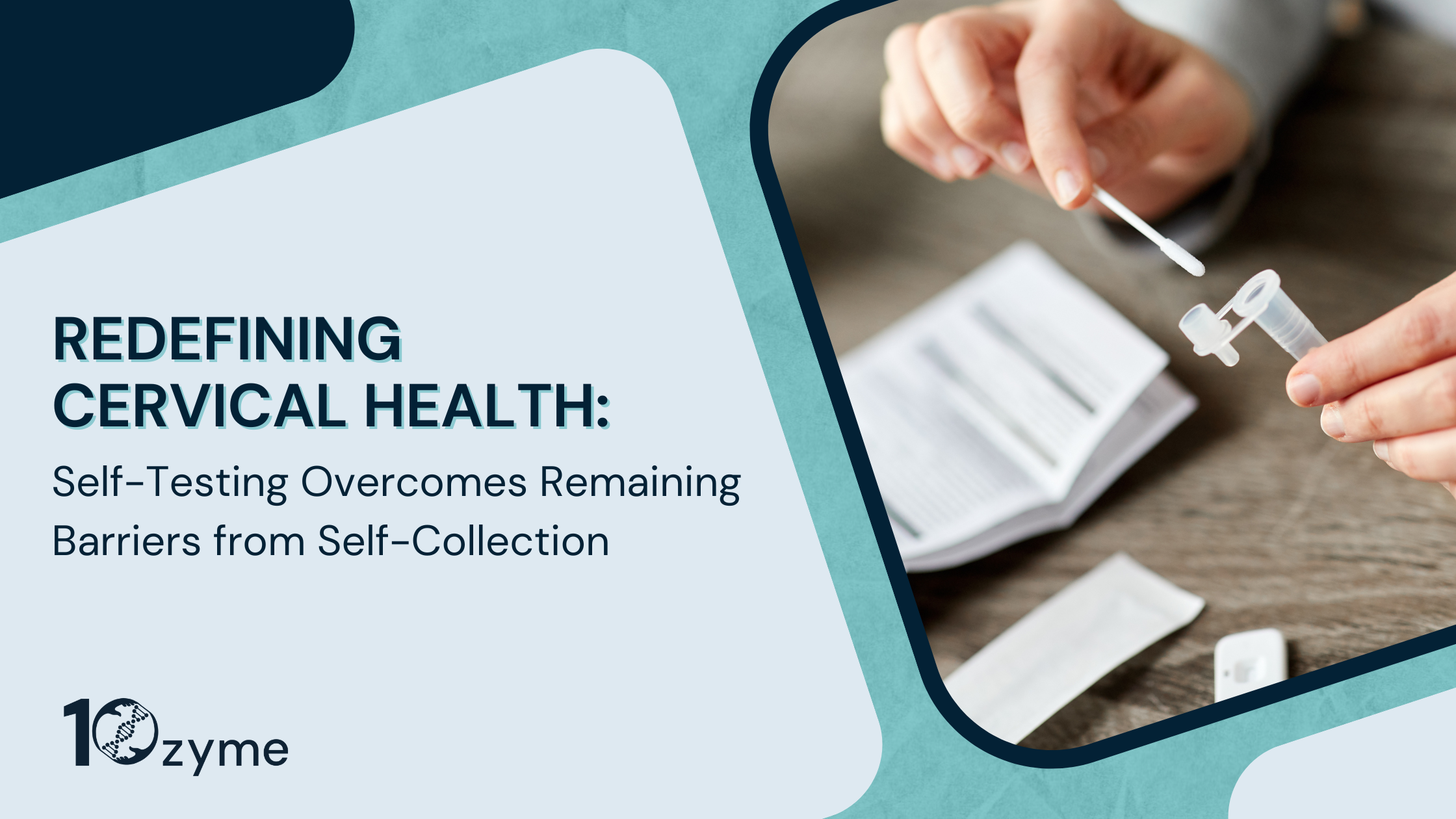
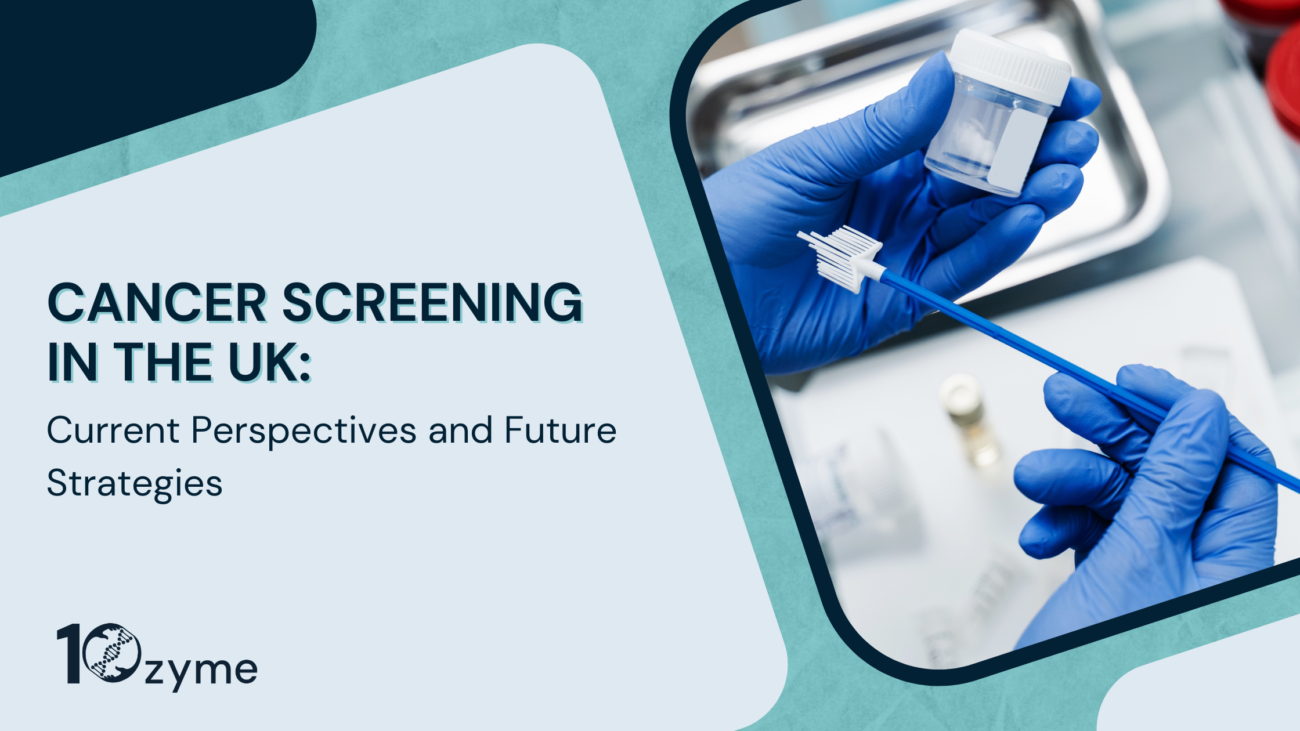
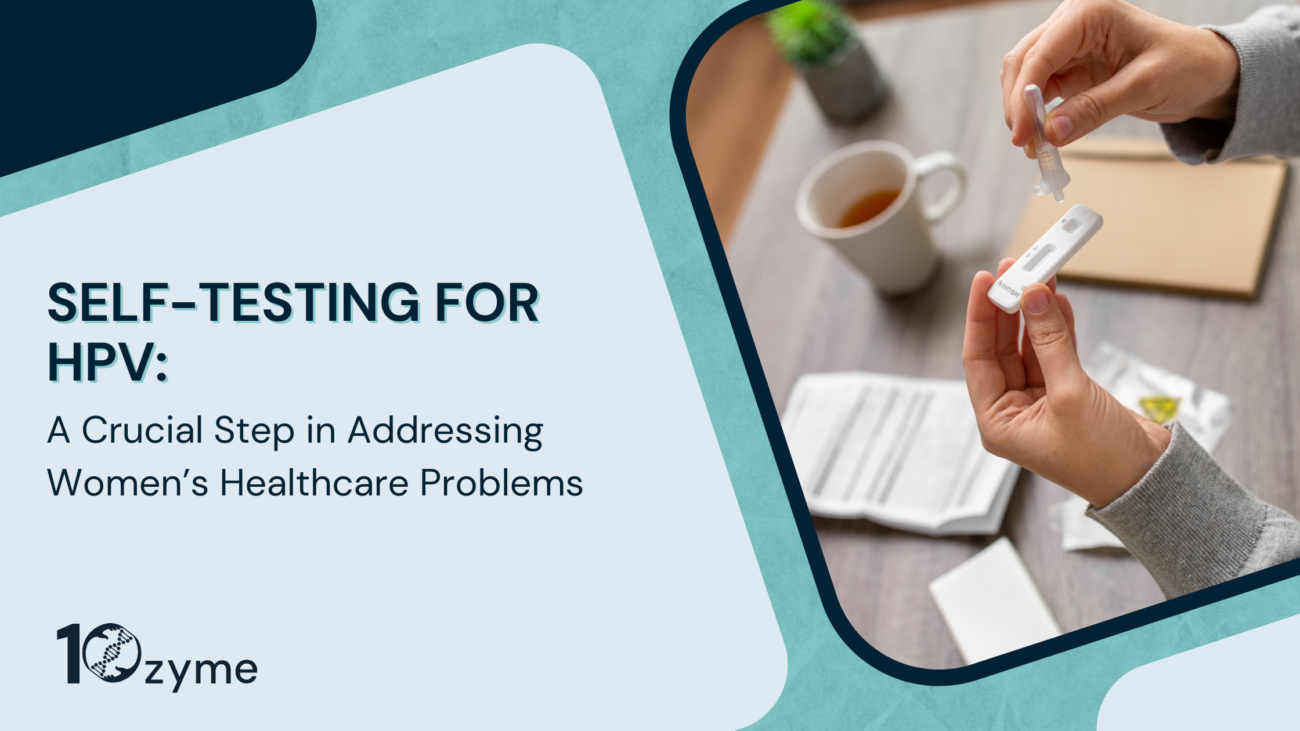
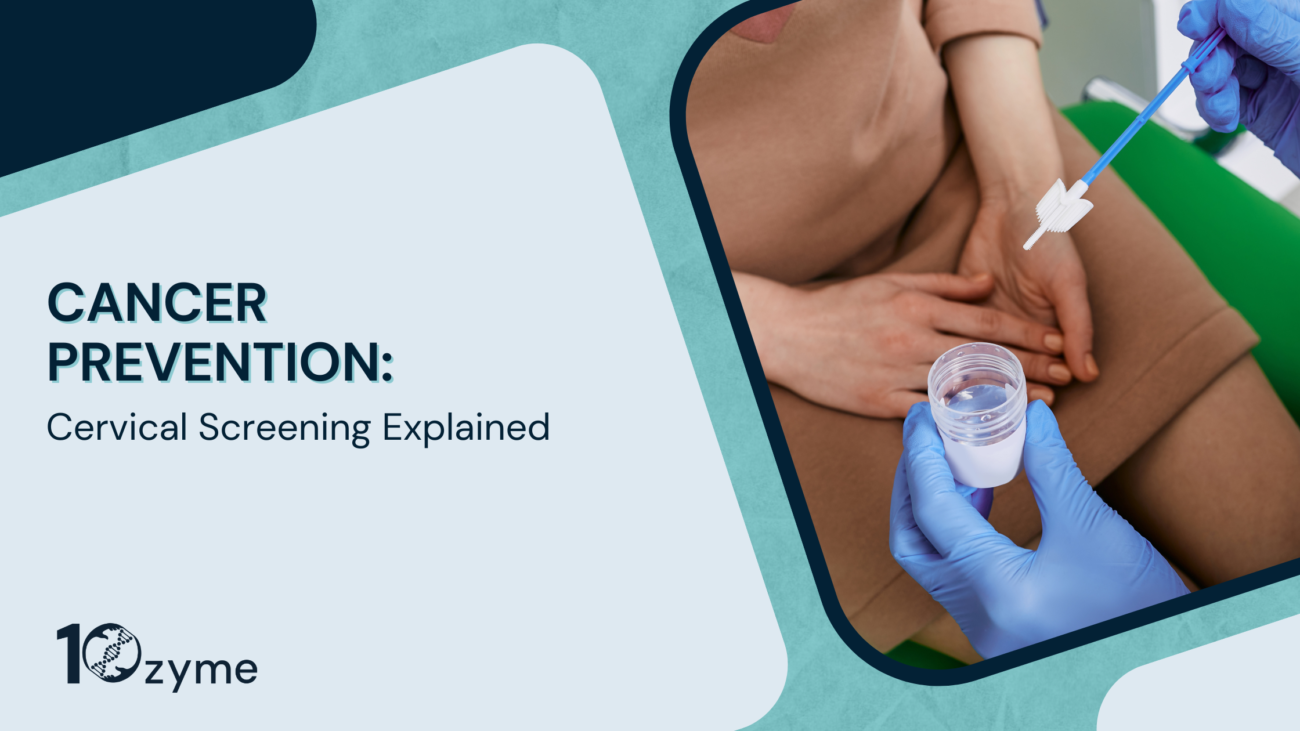
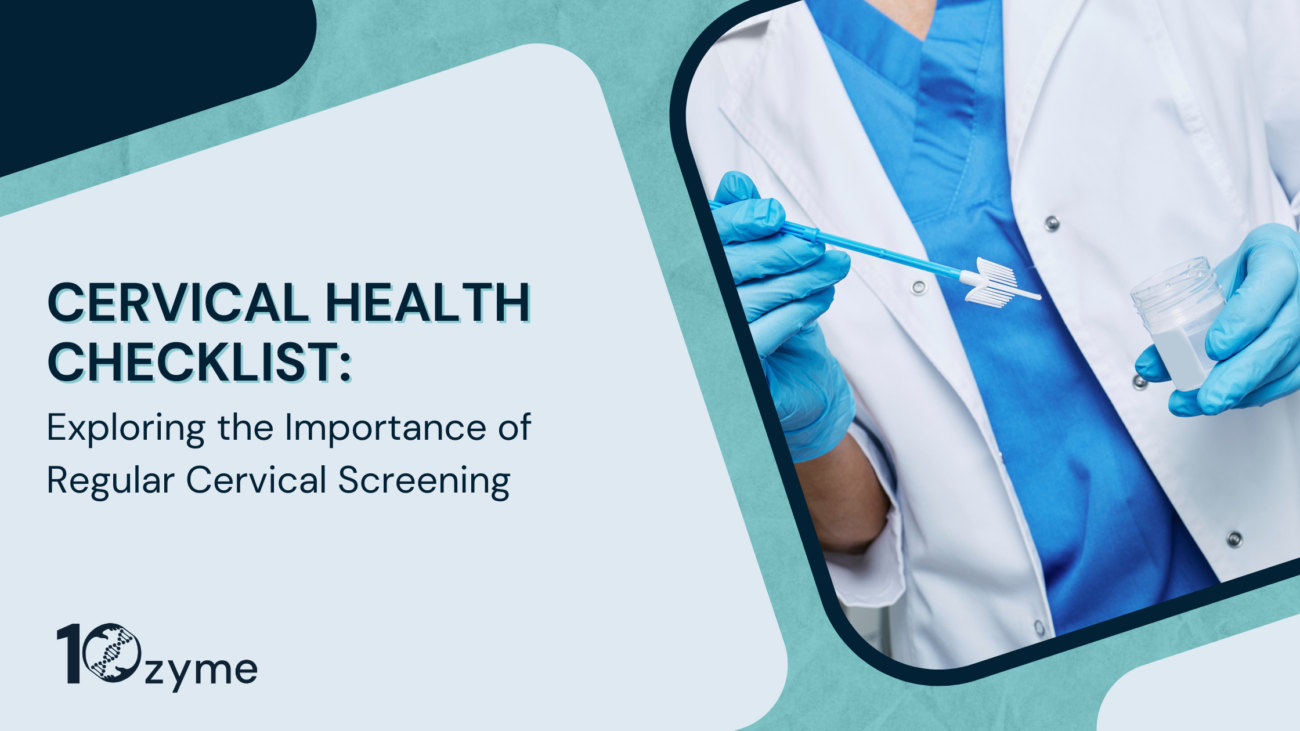
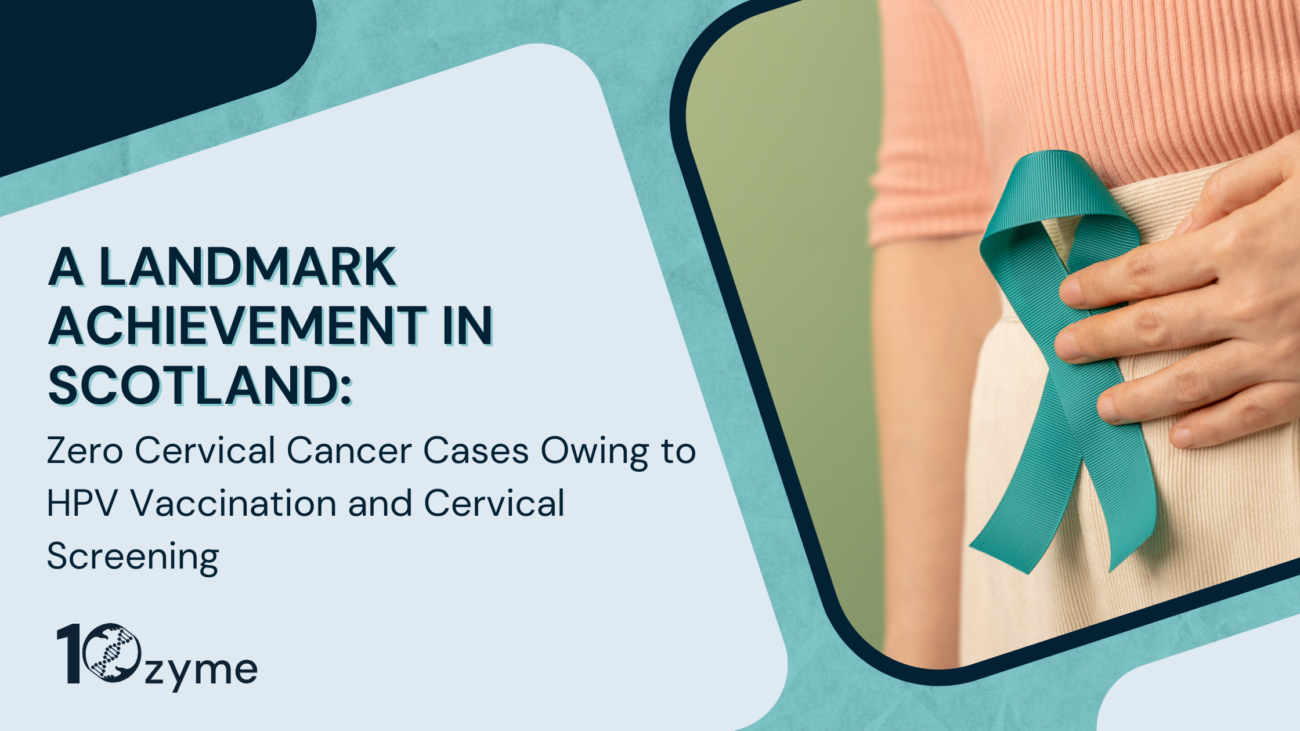
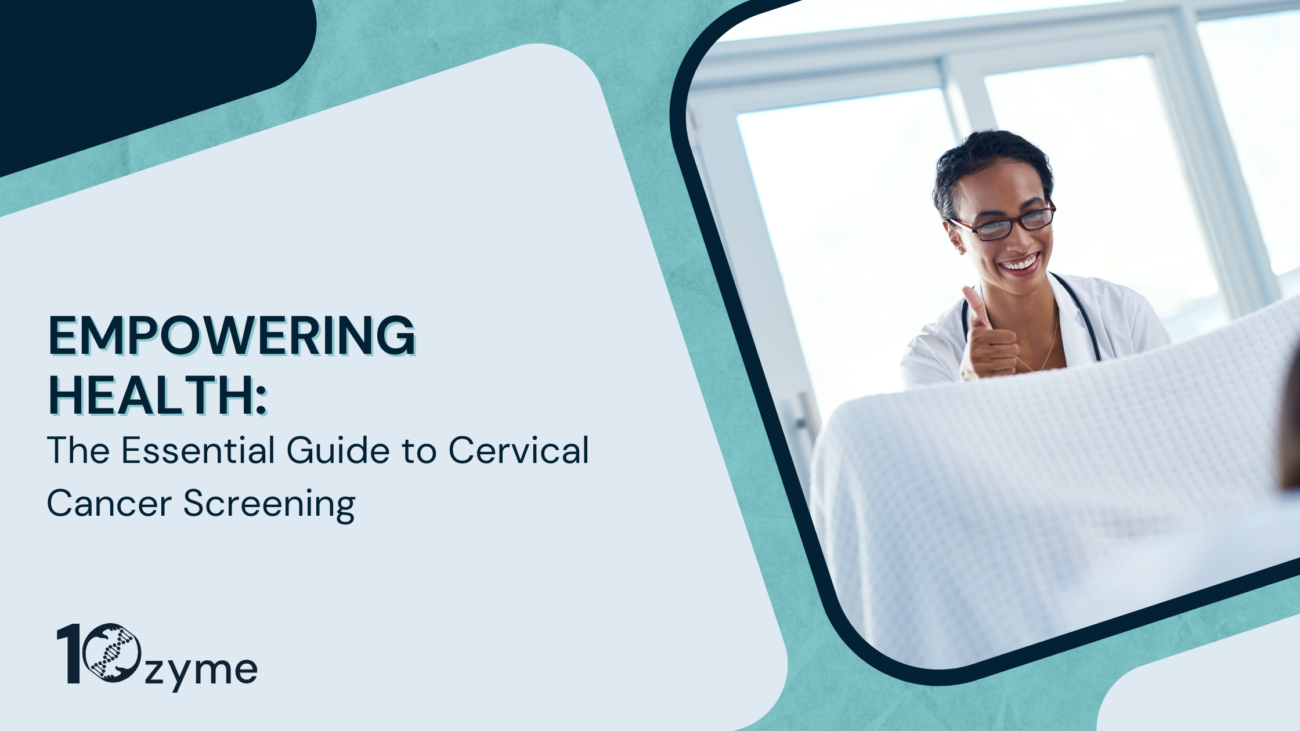

2 thoughts on “Redefining Cervical Health: Self-Testing Overcomes Remaining Barriers from Self-Collection”